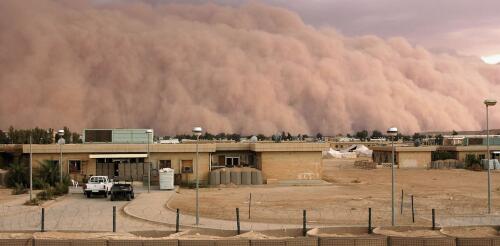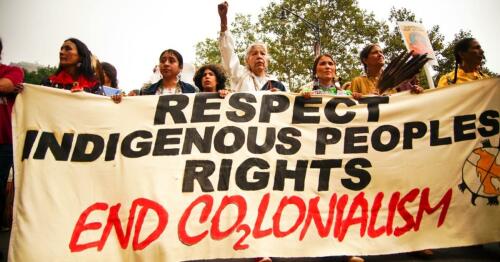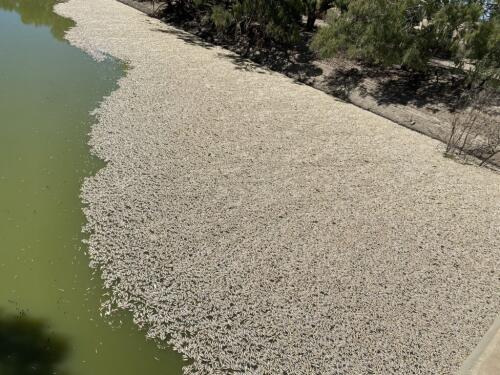Australia
Australia's Great Barrier Reef is experiencing one of the worst bleaching events since we started monitoring its activity and much of the fauna already shows serious signs of damage due to rising ocean temperatures around the world.The Australian authorities announced this, adding that scientists are still quantifying the high cumulative and irreparable damage resulting from the event.According to the data, the phenomenon reached record ocean depths and the Great Barrier was subjected to a higher level of heat stress than in any six previous mass bleaching events.“The Great Barrier Reef is an incredible ecosystem and, although it has demonstrated its resilience time and again, this summer has been particularly challenging,” commented Roger Beeden, the authorities' chief scientist. The coral bleaching it is that destructive phenomenon that can lead to the death of coral reefs and their ecosystems as the symbiosis between coral polyps and some unicellular algae is missing.Aft...
The Australian Institute of Marine Science raises the alarm about a massive potential event:the voices of experts
Humans have contended with dust storms for thousands of years, ever since early civilizations appeared in the Middle East and North Africa. But modern desert dust storms are different from their preindustrial counterparts. Around the world, deserts now increasingly border built structures, including urban dwellings, manufacturing, transportation hubs, sewage treatment and landfills. As a result, desert dust lifts a growing load of airborne pollutants and transports these substances over long distances. This is happening throughout the Global Dust Belt, an arid to semiarid region that stretches from western China through Central Asia, the Middle East and North Africa. Similar storms occur in the U.S. Southwest and central Australia. Global pattern of dust frequency estimated from weather records, 1974-2012. Shao et al., 2013, CC BY-ND To our thinking, modern desert dust storms have been overlooked...
The Jagalingou Aboriginal tribe in Australia, the indigenous communities of the Philippines and the Brazilian and Colombian Amazon.A article by DW told how these groups are fighting to preserve their territories.All over the world, indigenous peoples must fight for their fundamental rights.The defense of their rights coincides with better protection of the environment and climate.However, although they are considered custodians of natural resources, indigenous tribes often face repression, discrimination and mass racism. And they pay with their lives. Between 2012 and 2021, human rights groups and organizations documented the deaths of more than 1,700 environmental and land defenders in approximately 60 countries.According to data published by the environmental and human rights organization Global Witness, more than 35% of those killed were indigenous. At the heart of conflicts are often large mining projects, agricultural logging, reservoir dams and oil, gas and coal extraction...
The school of now lifeless animals extends for kilometers.The Department of Primary Industries:«Too little oxygen in the water».In Menindee the temperature hit 41°C




